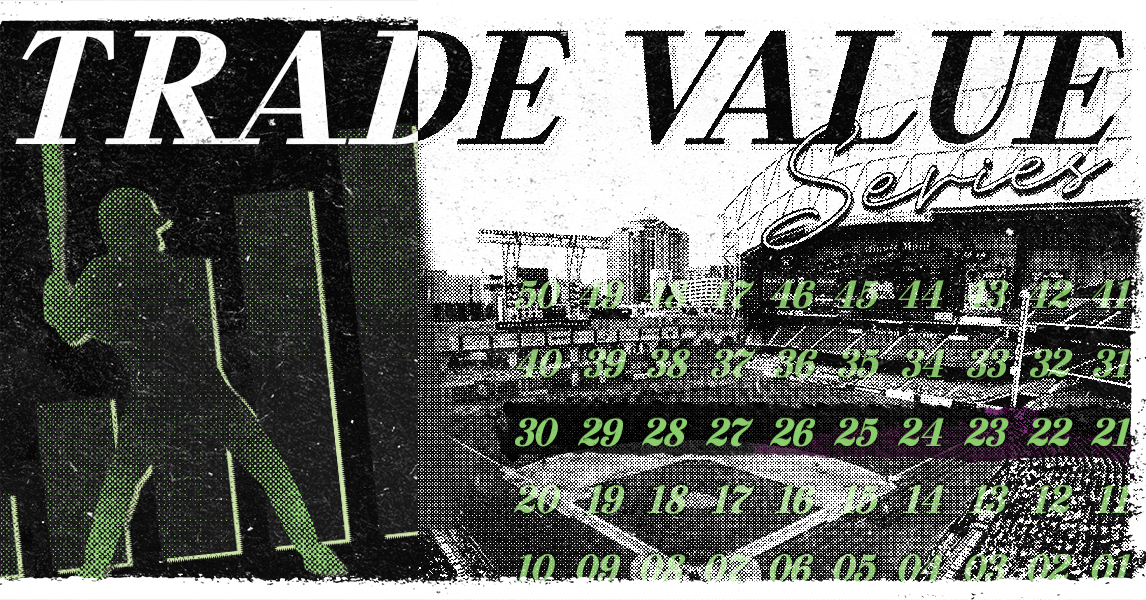Tampa Bay Obtains a Cruz Missile
With a week to go until the trade deadline, the Rays struck a blow against the other contenders on Thursday night, acquiring designated hitter Nelson Cruz and pitcher Calvin Faucher from the Twins for pitchers Drew Strotman and Joe Ryan. Seemingly immune to changes in offensive environment and the arrow of time, Cruz is having a typical Cruz season at 41, hitting .294/.370/.537 with a 142 wRC+, 19 homers, and a 1.8 WAR, the latter a spicy number for a DH in only 85 games.
Tampa Bay’s lineup has been decent but well below the level of the elite offenses in the American League, ranking eighth in wRC+ and fifth in overall runs scored. The outfield has been a particular work in progress when it comes to offense. Kevin Kiermaier and Brett Phillips have both been excellent defensively, but neither are run producers, and 2020 postseason standout Manuel Margot has been rather pumpkin-ified this year. Adding Cruz to the mix allows the Rays to use Austin Meadows and Randy Arozarena daily in the corners. The primary downside here is that Meadows has a rather long injury history for a player just in his mid-20s, and playing in the field every day could increase the risk of another trip to the IL. I think it’s worth the risk; the Yankees and Jays are slowly drifting out of the divisional race, and the Red Sox are dangerous just as long as their pitching rotation stays healthy.
| Team | W | L | GB | Pct | Div% | WC% | Playoff% | WS Win% | #1 Pick | Avg Draft Pos |
|---|---|---|---|---|---|---|---|---|---|---|
| Tampa Bay Rays | 94 | 68 | — | .580 | 61.5% | 31.1% | 92.6% | 11.3% | 0.0% | 26.1 |
| Boston Red Sox | 92 | 70 | 2 | .568 | 30.4% | 50.2% | 80.7% | 7.1% | 0.0% | 24.2 |
| Toronto Blue Jays | 87 | 75 | 7 | .537 | 4.2% | 25.3% | 29.5% | 1.7% | 0.0% | 19.6 |
| New York Yankees | 87 | 75 | 7 | .537 | 3.9% | 24.7% | 28.6% | 1.7% | 0.0% | 19.5 |
| Baltimore Orioles | 59 | 103 | 35 | .364 | 0.0% | 0.0% | 0.0% | 0.0% | 18.1% | 2.2 |
Adding Cruz was worth about five percentage points of divisional probability for the Rays in the ZiPS projections, shifting the race from a fairly balanced 55/45 race to one tipping a bit in favor of Tampa Bay. Expect many more changes before we flip the calendars!




